Kuwait International Airport struggles to remain competitive amid the rapid growth of regional hubs like Dubai, Doha, and Riyadh. While Kuwait’s airport experienced a slight decline in passenger traffic in 2024, its regional competitors flourished. Kuwait’s traffic dropped from 15.6 million to 15.4 million passengers, which raises concerns about its viability.
In contrast, regional airports saw significant growth. Dubai’s traffic grew by 5.7%, reaching over 92 million passengers. Doha’s traffic surged by 14.8%, reaching 52.7 million passengers. Riyadh saw a 17.8% increase, reaching 37.6 million passengers. Abu Dhabi experienced a 25.3% rise to 28.7 million. These numbers highlight a widening gap between Kuwait and its Gulf neighbors, suggesting a challenge to Kuwait’s airport competitiveness.
The departure of major international carriers has amplified Kuwait’s struggles. British Airways, Lufthansa, and KLM have all ceased operations at Kuwait International Airport, opting for other Gulf hubs instead. This reflects a broader shift in airline strategies, with carriers prioritizing more promising destinations like Dubai and Doha.
Kuwait’s infrastructure challenges contribute significantly to its decline. The airport suffers from outdated terminals, limited capacity, and subpar passenger services, making it less appealing to airlines. Additionally, rising jet fuel costs negatively impact profitability for airlines flying through Kuwait, further diminishing its appeal.
Experts suggest that Kuwait can recover by undertaking comprehensive reforms. Upgrading infrastructure, forging strategic partnerships, and enhancing passenger services are critical to regaining competitiveness. Without these changes, Kuwait’s future as a regional aviation hub remains uncertain.
Related stories:
Catch up on the top stories and travel deals by subscribing to our newsletter!



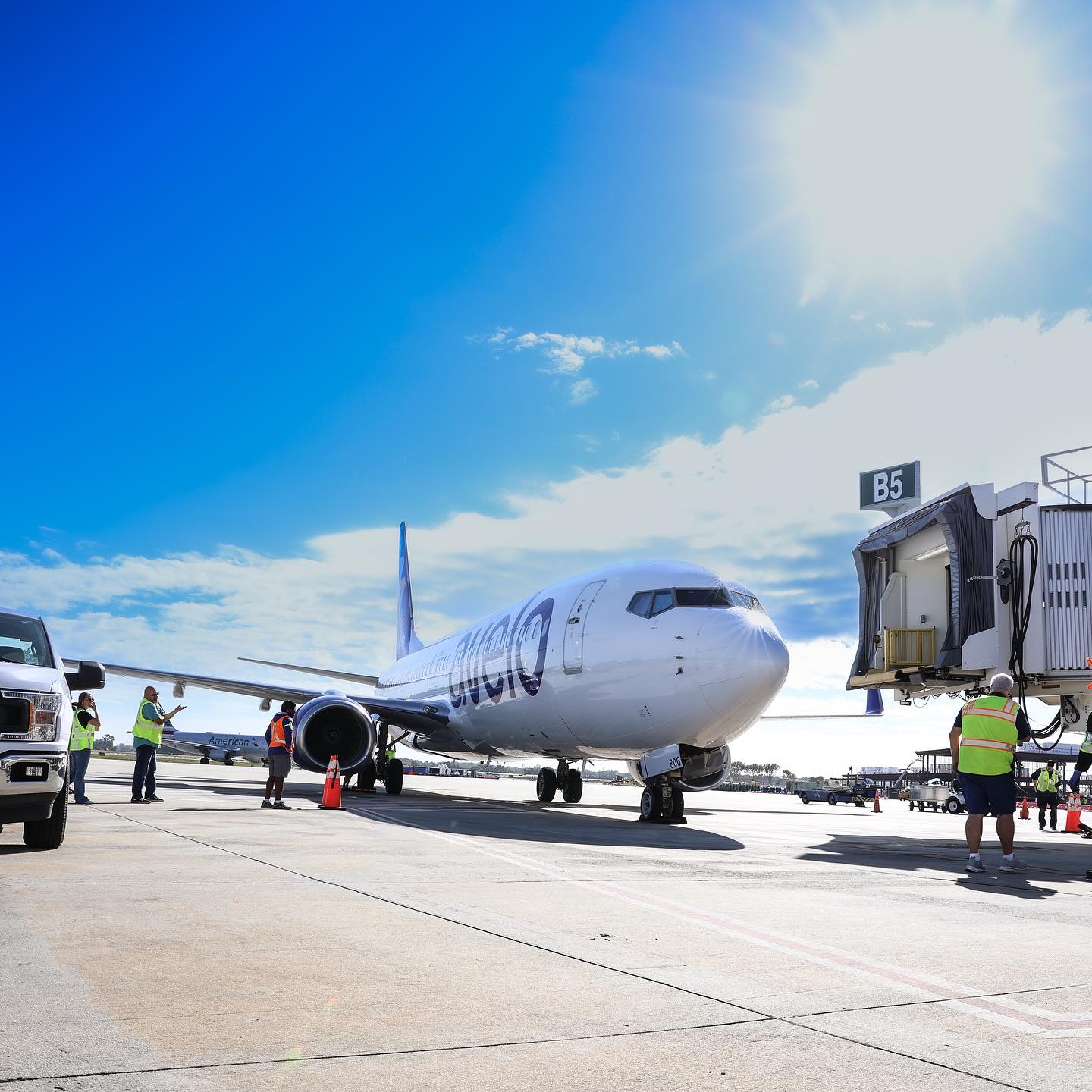
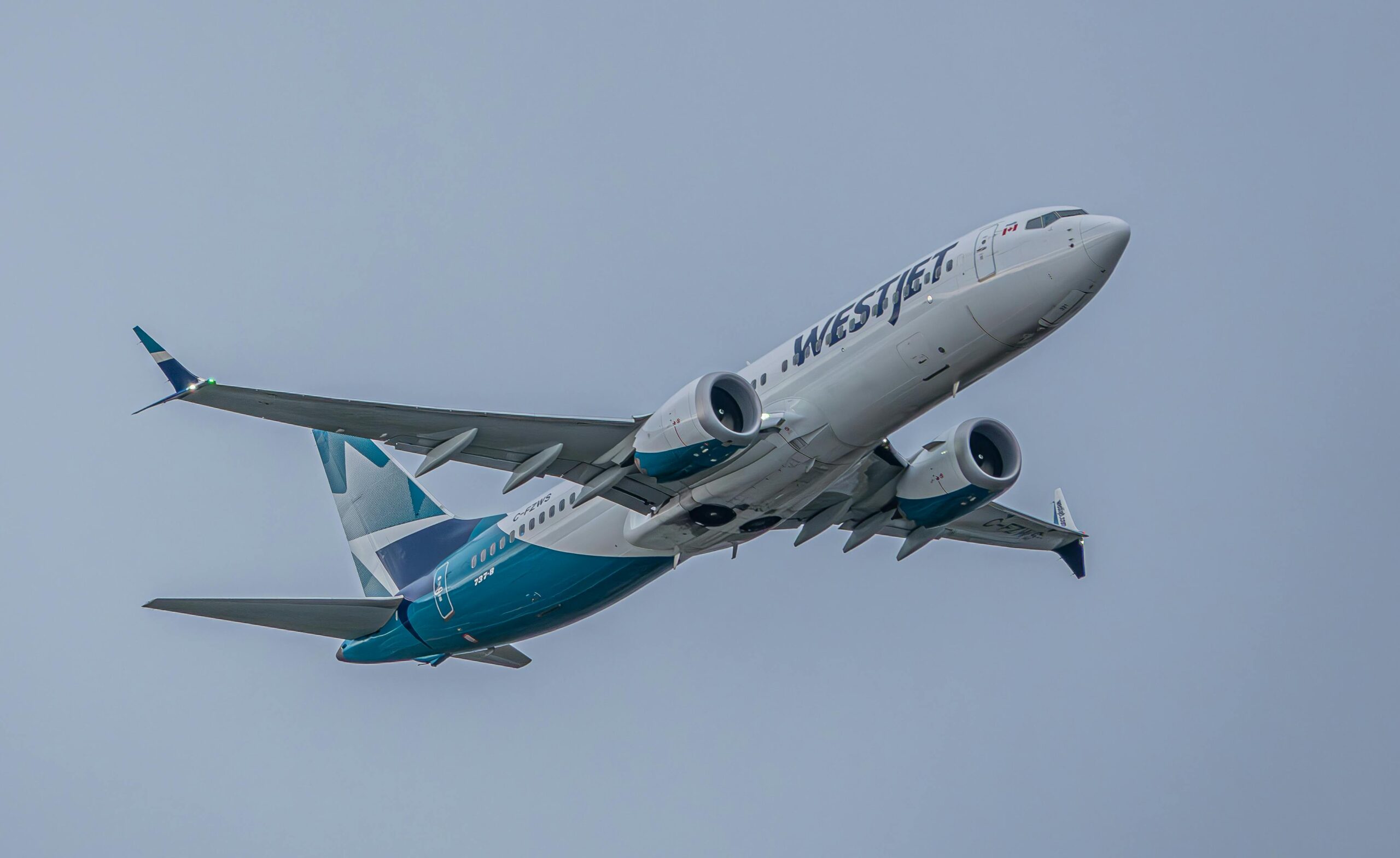
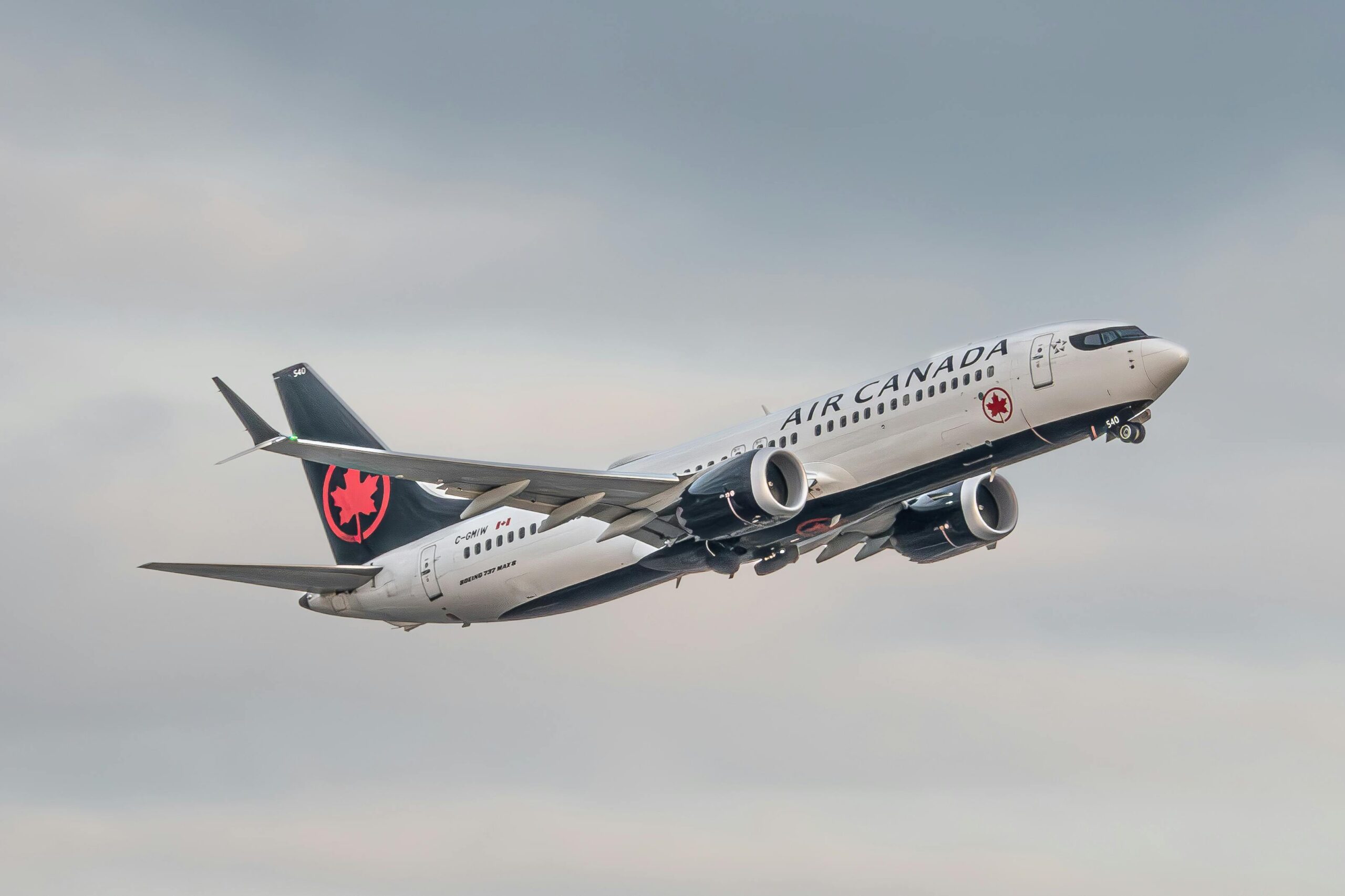
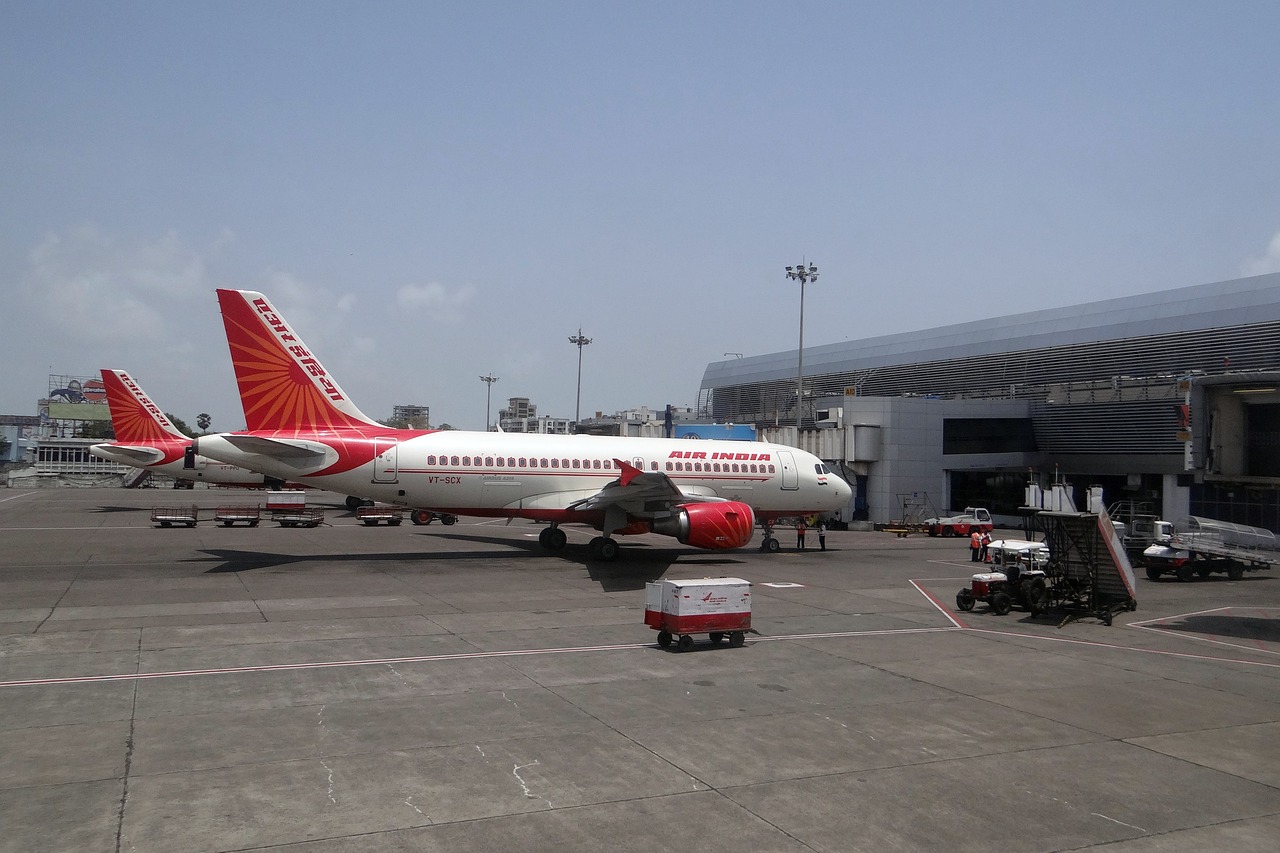
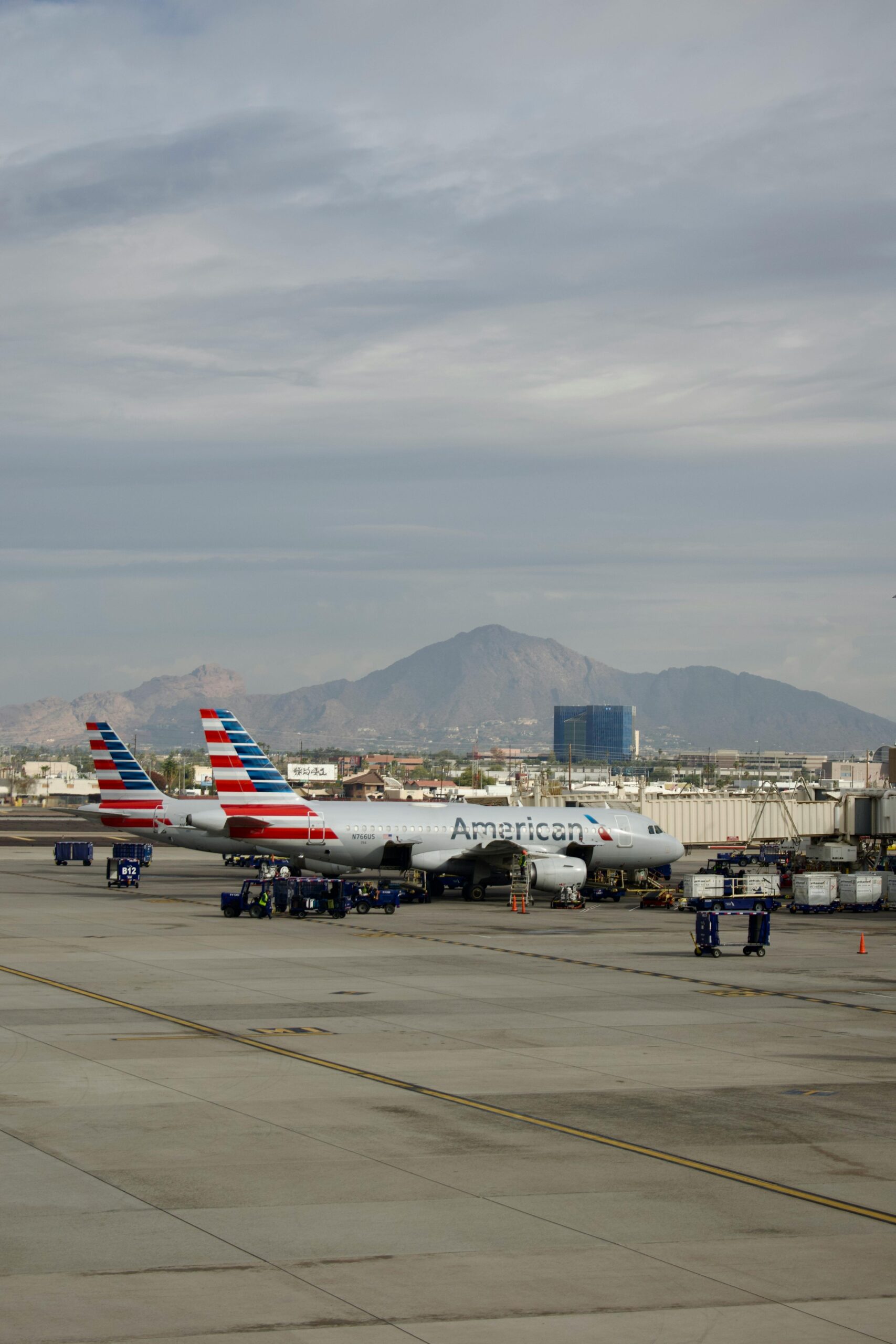




Leave a Reply